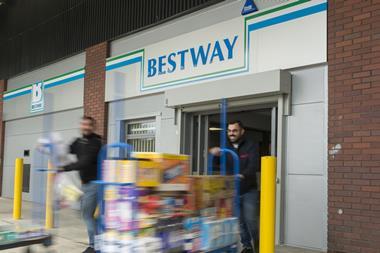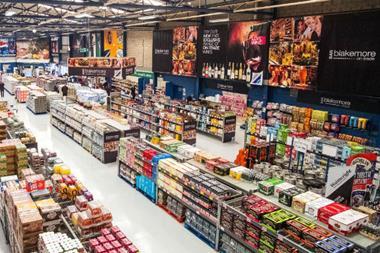Highlighting the benefits of local
By HIM2020-05-18T14:58:00

Interest in buying locally sourced produce has accelerated in recent years, driven by health, economic and environmental interests, writes HIM’s Sarah Alhadeff.
ALREADY HAVE A REGISTERED USER ACCOUNT? PLEASE LOG IN HERE
To read the full story join the ConvenienceStore.co.uk community today!
Registration is quick and easy and provides access to:
- Unlimited ConvenienceStore.co.uk articles
- Our great range of newsletters
- Content you’ve saved for later via the ‘my library’ feature
And much more…
Related articles
More from Have Your Say
Unlimited Access + Newsletters
Register today to gain unlimited access to articles and to receive our great range of email newsletters.































